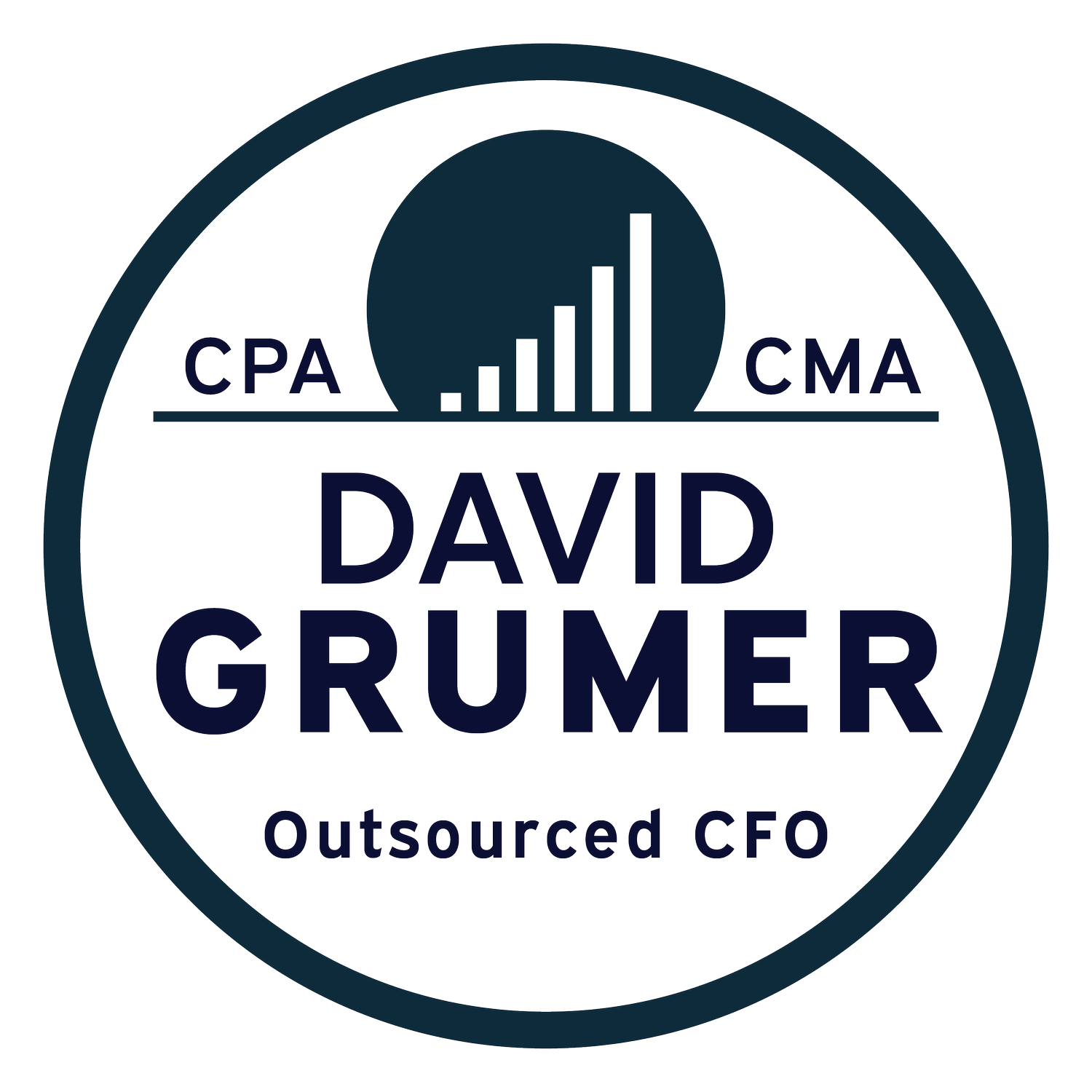
Case Studies
The Invoice That Had No Sales Tax
It all begins with an idea.
Background:
The client was a food production facility outside of LaGuardia Airport. In order to prepare for a sales tax examination. We set out to review transactions to determine if there is a likelihood of exposure for uncollected sales tax. The client is in the middle of a renovation of its building facility.
Red flag:
We find a purchase for equipment that is subject to sales tax, but no sales tax was charged. Later we find a second payment to the same vendor for identical equipment and this time the invoice has a charge for sales tax. The question is why? Before the equipment vendor is contacted we realize that there is a good likelihood that the first payment was an on-account deposit. The second payment was for a final prepared invoice. An apparent duplicate payment.
The initial solution:
In speaking to the CEO I suggested we expand our review to find other potential duplicate payments. The preparation of a project budget with comparison of contract amounts and billings to actual costs finds that quickly. A significant amount of duplicate payments were found.
The cause:
The building renovation project resulted in a quick stream of orders, contracts and invoices that the office was not prepared for. Errors resulted.
The preventive control:
Create a project budget at the outset of a project to monitor costs and modifications and payments for those contracts. The project budget should be updated at a tempo that keeps pace with the progress of the project.
Cash Flow Of The Not-for-Profit Organization
It all begins with an idea.
Background:
I served as the Treasurer of a not-for-profit organization. The books were kept in a June 30 fiscal year end. Budgets are prepared annually in the third quarter. The patterns of cash flow collection reflected large amounts in December as donors and members sought to make donations that lowered their tax obligations and also significant cash inflows between April and September as members sought to enroll their children in the school offered by the organization.
The Red Flag:
Membership and enrollment numbers (key performance indicators) showed recent decline.
Investigation:
Rather than wait for the third fiscal quarter to work on the next year’s budget, I began to prepare cash flow projections for the remainder of the fiscal year in December. With a modification in early January based on adjustment for actual December collections. The cash flow projections indicated that cash balances would reach a low point in March - not below zero - but too close for comfort.
The results were shared with the President who took steps to reduce spending and postpone expenditures that were not critical. The outcome was that the organization incurred a small amount of losses for the year and avoided significant losses.
Lesson learned:
Budgets should be prepared but they should not be considered inflexible predictions of what will happen. Preparing a cash flow projection is a challenge but is an important tool in helping management be ready for what is around the corner.
The Professional Service Organization That Relied On One Successful Annual Event
It all begins with an idea.
Background:
A prominent professional services organization sponsored an annual event in Dallas for the industry. The event was popular, informative and participants paid to attend the event. The event was also very profitable.
Discussion at a management meeting:
In attendance were the CEO, CFO, private equity investor and myself, as a consultant. The investor indicated that it was difficult to understand where the company stood on the special event, which was about three months away. The CEO and CFO were very uncomfortable and could not explain why the status was not comparable to the last monthly report.
My recommendation:
That the CFO design monthly status reports that take into account KPIs such as attendance and paying sponsorships as well as the accumulation of expected costs and planned costs. The Investor and CEO readily agreed and directed the CFO to do so going forward.
The lessons learned:
A meeting with a board of directors can be challenging, but it is worthwhile for a formal meeting to do the following:
Anticipate the board members’ questions.
Provide information that you would want if you were on the board, including how challenges should be or will be addressed
Have an agenda prepared to give structure to the meeting.
